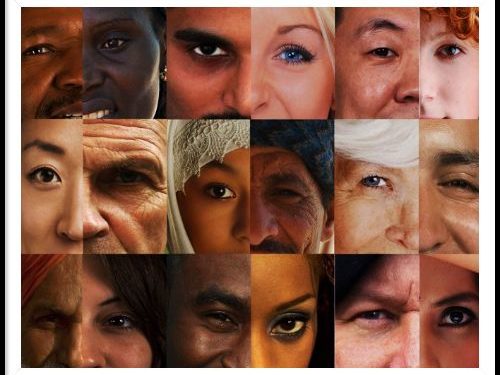This year we will be sharing more on our inclusive behaviours in our blogs and events for you. We start with Empathy – the true foundation of being inclusive.
In the workplace, Empathy allows us to understand that what we experience isn’t the same for everyone. Yet many of us still think that our workplace provides similar opportunities to everyone, and that everyone else feels as included as we do.
That’s why many clients start their D&I work with an awareness raising campaign, helping people see what it’s like for those who are not like them.
Raising awareness is an important first step that builds consensus and support for a successful D&I strategy. Today, we share with you an example of a corporate communications campaign that successfully raised awareness in an international law firm about its LGBTQ+ community.
Four steps to a successful corporate awareness raising campaign
- Set clear aims
The first step is to understand what you want to achieve with the campaign. In this case, the firm set four clear aims for their campaign:
- Reinvigorate our ‘sleeping allies’
- Demonstrate what good allyship looks like
- Increase Pride+ ally membership
- Promote the importance of LGBTQ+ inclusion to our people and our clients
- Choose an impactful message, channel and medium
To achieve impact, it’s important to unite behind one specific message to which everyone can relate. In this case, the campaign team designed a logo and a slogan that would resonate with the majority of their people.
They then invited individuals from each region to share their personal LGBTQ+ experiences and showcased those stories in the weekly internal update message and on the global intranet.
To ensure the message sticks and reaches as many people as possible, the team chose to repeat the message often and via a range of channels, including by leveraging their many internal staff networks and champions. They asked regional networks to host ‘on topic’ local events, posted on LinkedIn and Twitter and created an e-mail signature with the campaign logo and slogan.
Most notably, the team worked with senior managers to help them find their authentic voice in talking about the subject.
- Add a call for action
A key to any communication campaign is to know what people should do once they become more aware of the topics and issues. In this case, the campaign team gave staff a number of options: they could use some of the prepared material to start conversations with clients, they could attend some of the many local events hosted as part of the campaign, they could attend in-house courses on how to become an ally, and they could join the LGBTQ+ network as an ally.
- Measure results
The campaign ran for an entire year. At the end of the year, the campaign team looked at their data to measure its effectiveness. The campaign was indeed very successful: LGBTQ+ network membership increased from 20% to 27% in six months (worldwide) and opportunities were identified to work with clients on LGBTQ+ initiatives that also strengthened client relationships.
As the example above shows, a successful awareness raising campaign doesn’t need to be complicated. Yet the results can be powerful and impactful.
Of course, companies don’t have to follow this particular model. There are as many different ways to raise awareness as there are reasons for doing so. Identifying what you want to raise awareness about and what you want to achieve with it will help inform the best approach to choose.
If you want help to find the best way to raise awareness about an aspect of Diversity and Inclusion, book a free consultation with us for that initial discussion.



